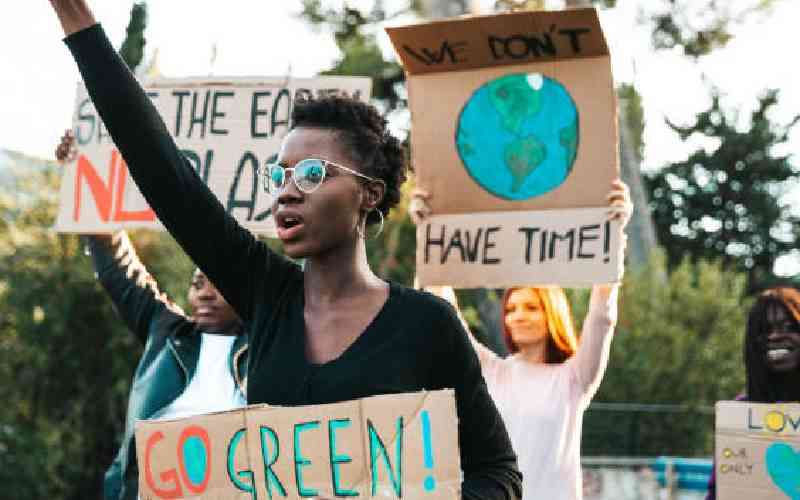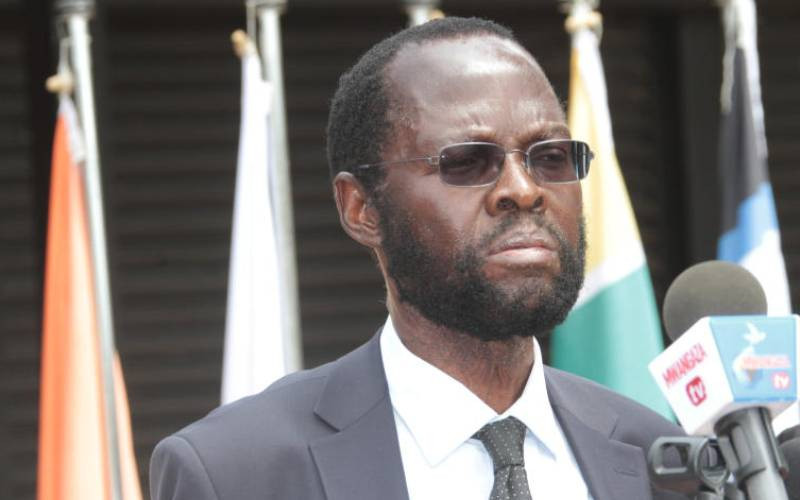In recent weeks the world has witnessed yet another major environmental crisis in the Australian bush fires, destroying lives, homes and wildlife. Fires have become the most common hazard for forests. This is because fires pose a threat not only to forest wealth but also to the entire regime of fauna and flora resulting to a gross disturbance to the biodiversity, the ecology and the environment. In many places around the world, when there is no rain for months, the forests become littered with dry senescent leaves and twinges that burst into flames with the slightest spark.
The fires simultaneously raging across western US and southeastern Australia, are a frightening reminder of the effects of climate change and a big eye opener on importance of effective climate change actions.
Australia is being ravaged by worst wildfires seen in decades that have devastated large swathes of the country since late July. Nearly 100 bush and grass fires in New South Wales (NSW) were reported in the past week alone -- more than 50 of them uncontained and 16 burning at the ‘watch and act’ level.
Some 26 Australians have died and over 2,000 homes destroyed. This has been aggravated by persistent heat and drought, and many point to climate change as a factor making natural disasters go from bad to worse. In addition to that the bureau of Meteorology has painted a grim picture for this week, with winds forecast whipping dangerous fire grounds.
Fire seasons in Australia are always dangerous, the 2009 Black Saturday fires having killed 173 people in Victoria alone, making it the deadliest bushfire disaster on record. But conditions have been unusually severe lately.
In total, more than 7.3 million hectares (17.9 million acres) have been burned across Australia’s six states -- an area larger than Belgium and Denmark combined. The worst-affected state is NSW, with more than 4.9 million hectares (12.1 million acres) burned.
A considerable number of animals have been affected by the fires. That number could be as high as tens of thousands according to ecologists from the University of Sydney. Almost a third of koalas may have been killed and a third of their habitat destroyed.
But others that live in more niche environments with lower populations, including certain types of frogs and birds, could be wiped out entirely if fire destroys their habitats. The wildlife cannot speak but are innocent victims of man-made problems.
People around the globe have made financial donations in response to the crisis. Some of the biggest sums offered to the relief effort have come from celebrities. US singer Pink, Australian pop star Kylie Minogue, Oscar-winning actress Nicole Kidman, British singer Elton John and Australian actor Chris Hemsworth are among those that have made major donations.
More people around the globe are getting devastated over the ordeal, including an Australian tennis player Nick Kyrgios, known for his powerful serve. He has promised A$200 for every ace he hit at every tournament he enters this January. Leonardo Di Caprio’s Earth Alliance environmental organisation has pledged $3 million. Most importantly, there is a major learning both for people, corporations, governments and institutions -- we must support each other knowing the problem will come our way in the near future.
The question is how prepared nations and stakeholders both public and private are proactively protecting our earth and the environment.
In the meantime, the sight of soaring flames, burning trees and scorched earth is becoming familiar around the world, a report from the Intergovernmental Panel on Climate Change sounded the alarm.
It warns that the world has until 2030 to implement “rapid and far-reaching” changes to energy, infrastructure and industrial systems to avoid 2 degrees Celsius of warming, which could be catastrophic.
Fire ecologists have, however, dubbed Africa a “continent of fire” because of its widespread annual patterns of burning issues. About 80 per cent of fires in Africa are human caused, set during the dry seasons to remove dead vegetation. Lightning is the second major source of fire in Africa.
Preparation for a wildfire would therefore be managing fuel loads and vegetation. Other management actions include thinning dense forest areas, reducing shrub layers mechanically where burning is not possible and maintaining fire breaks. As the climate changes, humanity may consider changing the tree species mix and implementing new environmental strategies. Some policies have however been set to protect the planet and Africa should implement them as it prepares for such a catastrophe.
Stay informed. Subscribe to our newsletter
For instance, the agricultural industry remains a leading source of greenhouse-gas emissions globally. Practices that improve soil health will play a critical role in our efforts to combat climate change by reducing the release of carbon dioxide into the atmosphere.
In Africa, we can help by passing stronger legislation that incentivizes carbon farming. Carbon-farming strategies include planting cover crops that increase water retention and soil nutrients.
- The writer is Group Director Bidco Africa and a leading conservationist
 The Standard Group Plc is a
multi-media organization with investments in media platforms spanning newspaper
print operations, television, radio broadcasting, digital and online services. The
Standard Group is recognized as a leading multi-media house in Kenya with a key
influence in matters of national and international interest.
The Standard Group Plc is a
multi-media organization with investments in media platforms spanning newspaper
print operations, television, radio broadcasting, digital and online services. The
Standard Group is recognized as a leading multi-media house in Kenya with a key
influence in matters of national and international interest.
 The Standard Group Plc is a
multi-media organization with investments in media platforms spanning newspaper
print operations, television, radio broadcasting, digital and online services. The
Standard Group is recognized as a leading multi-media house in Kenya with a key
influence in matters of national and international interest.
The Standard Group Plc is a
multi-media organization with investments in media platforms spanning newspaper
print operations, television, radio broadcasting, digital and online services. The
Standard Group is recognized as a leading multi-media house in Kenya with a key
influence in matters of national and international interest.








